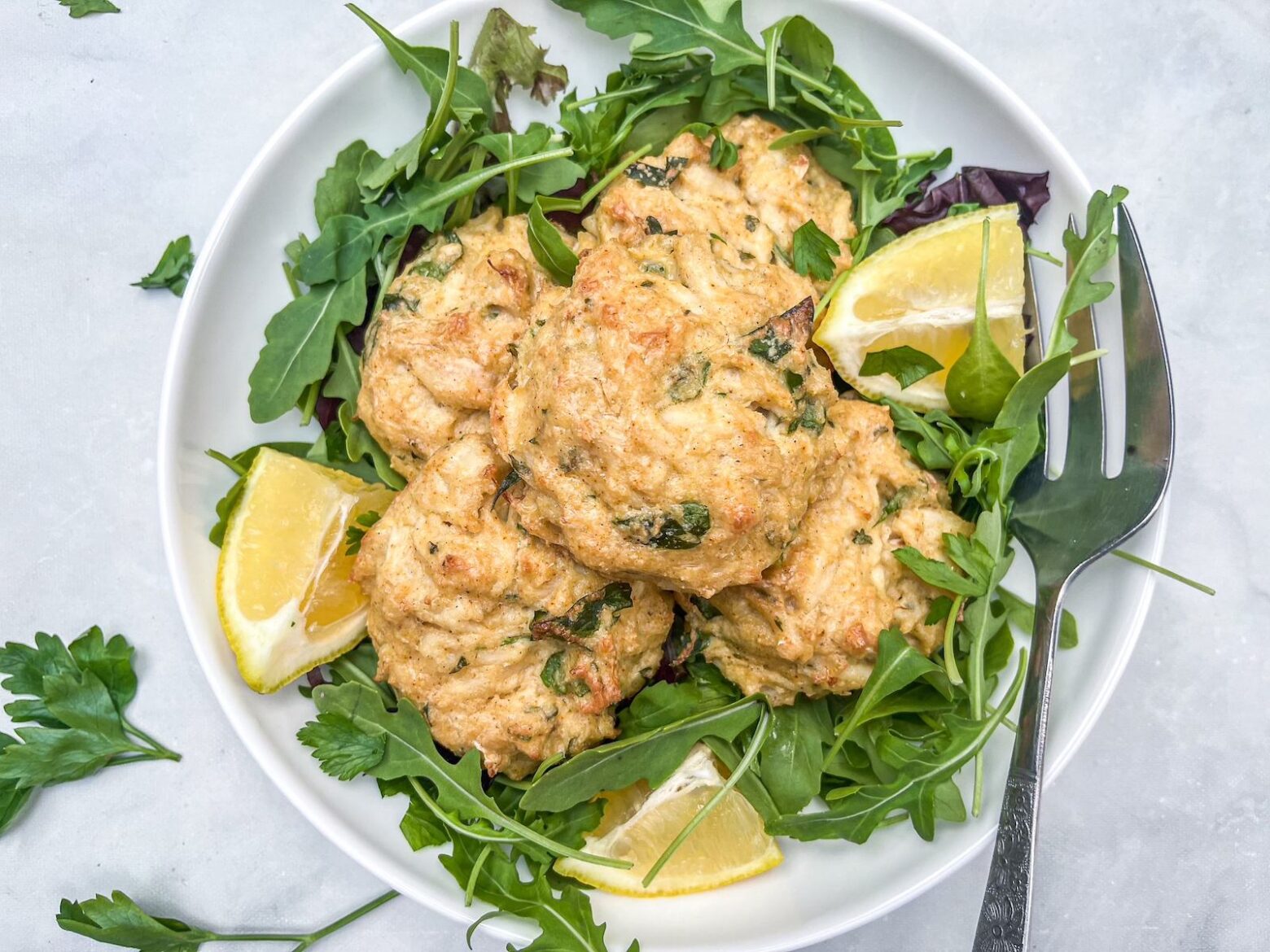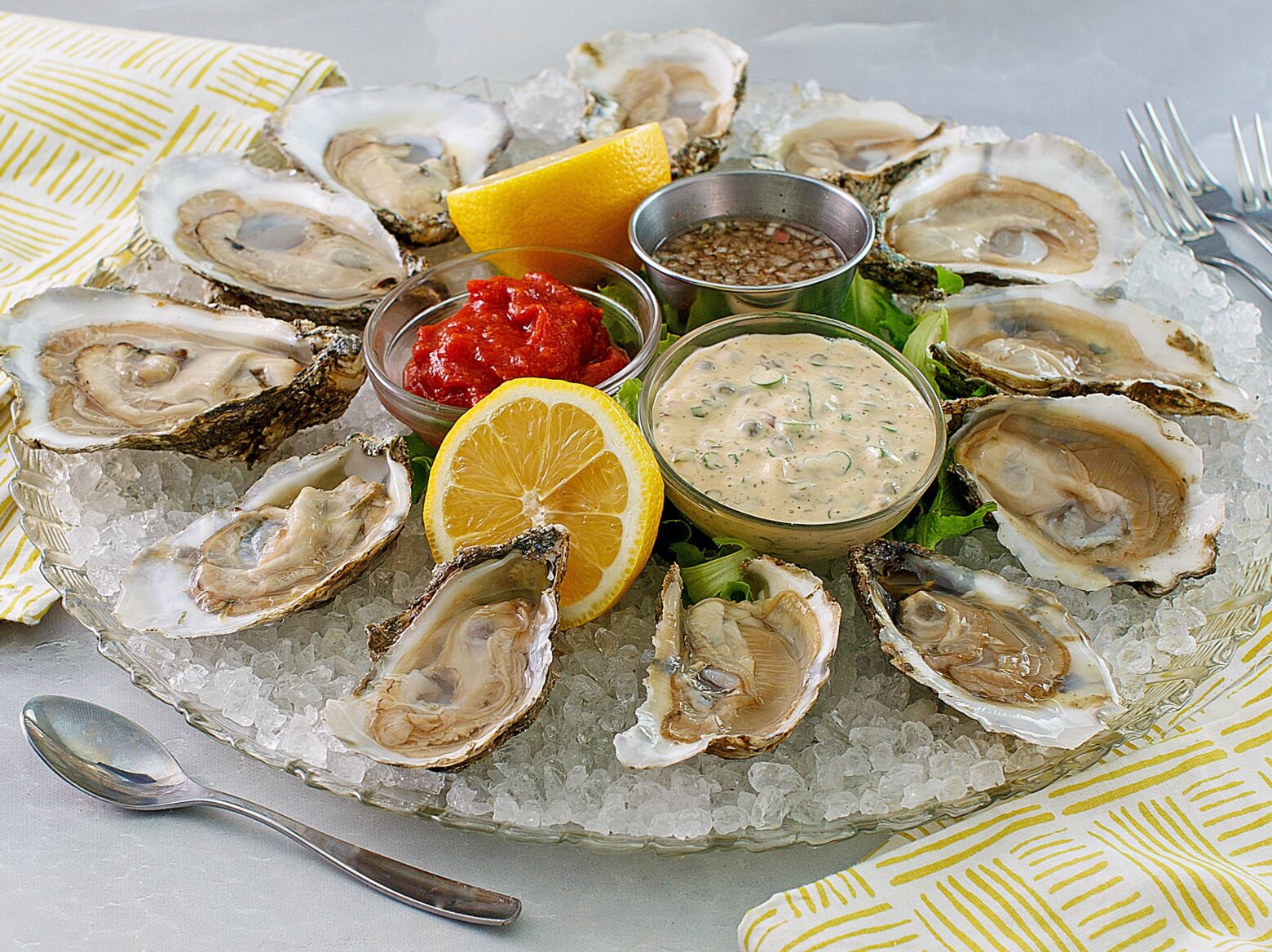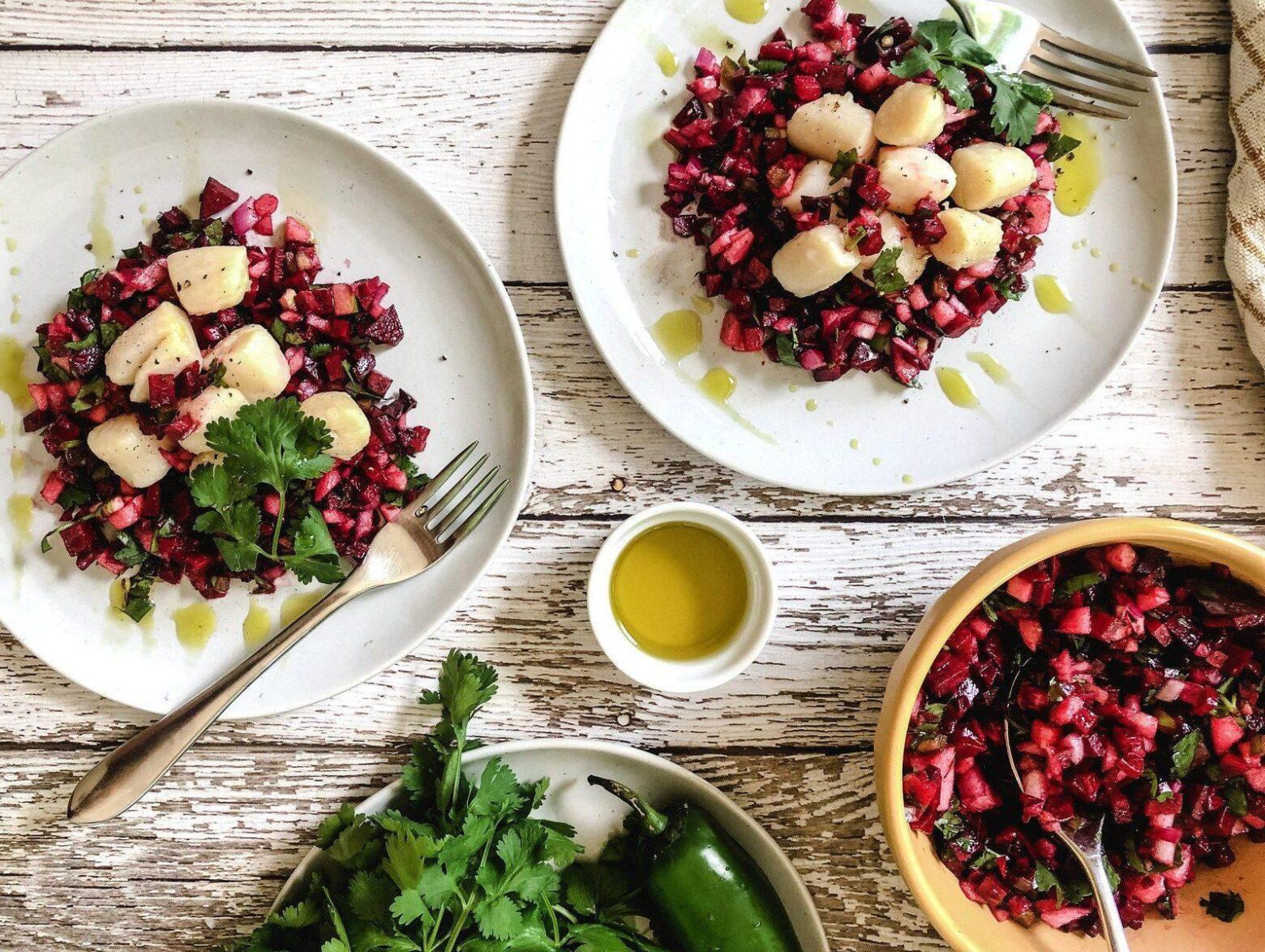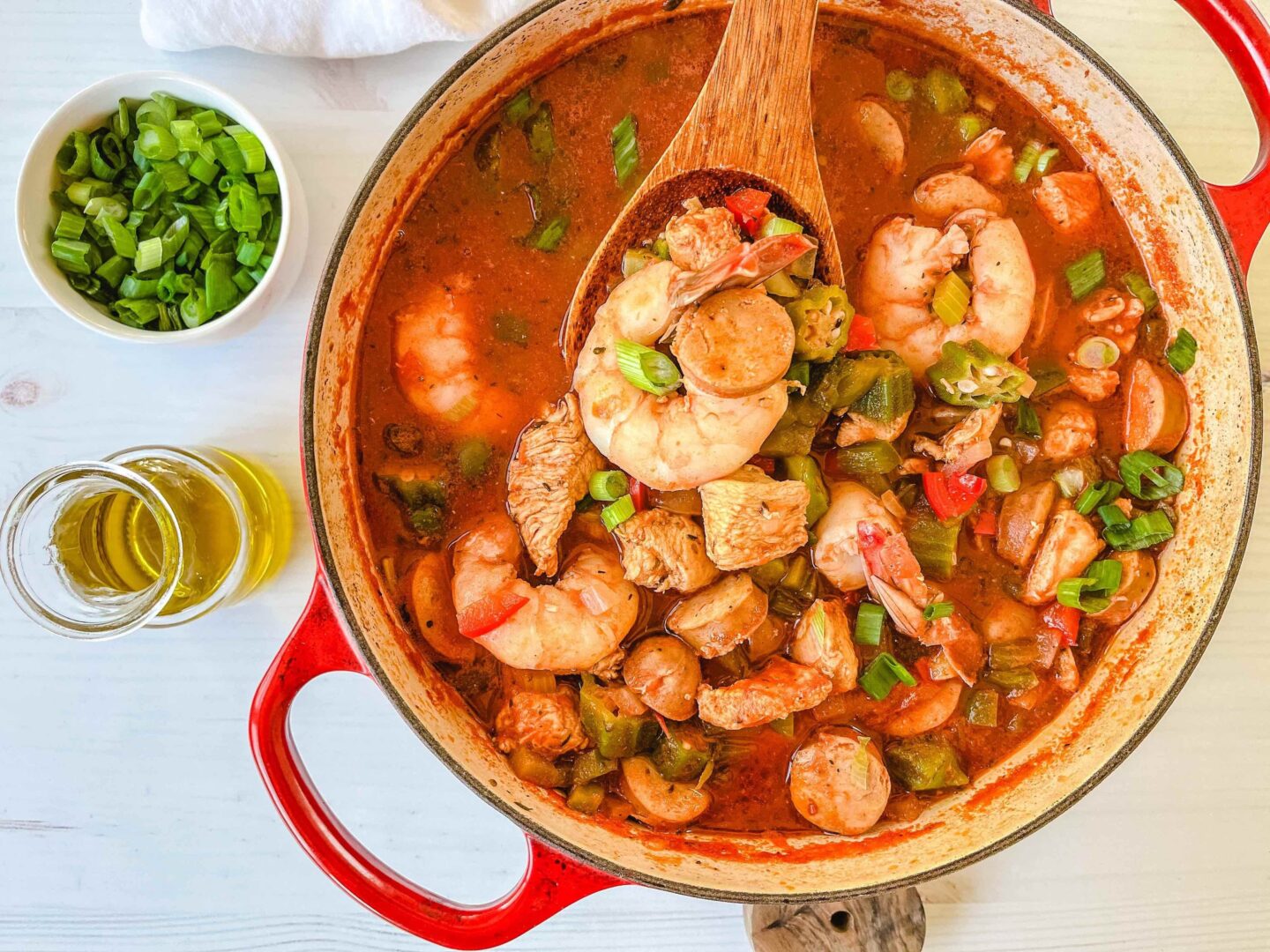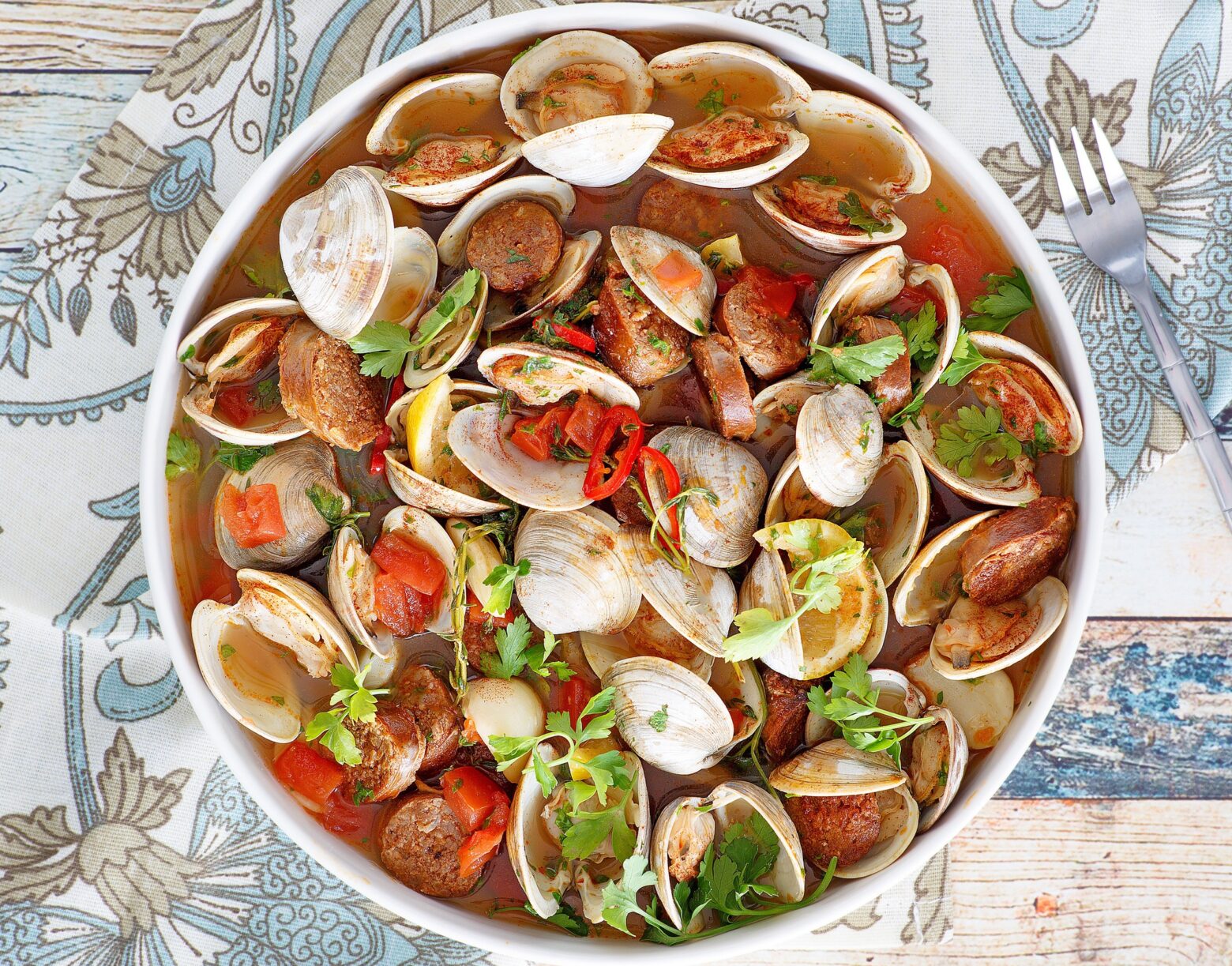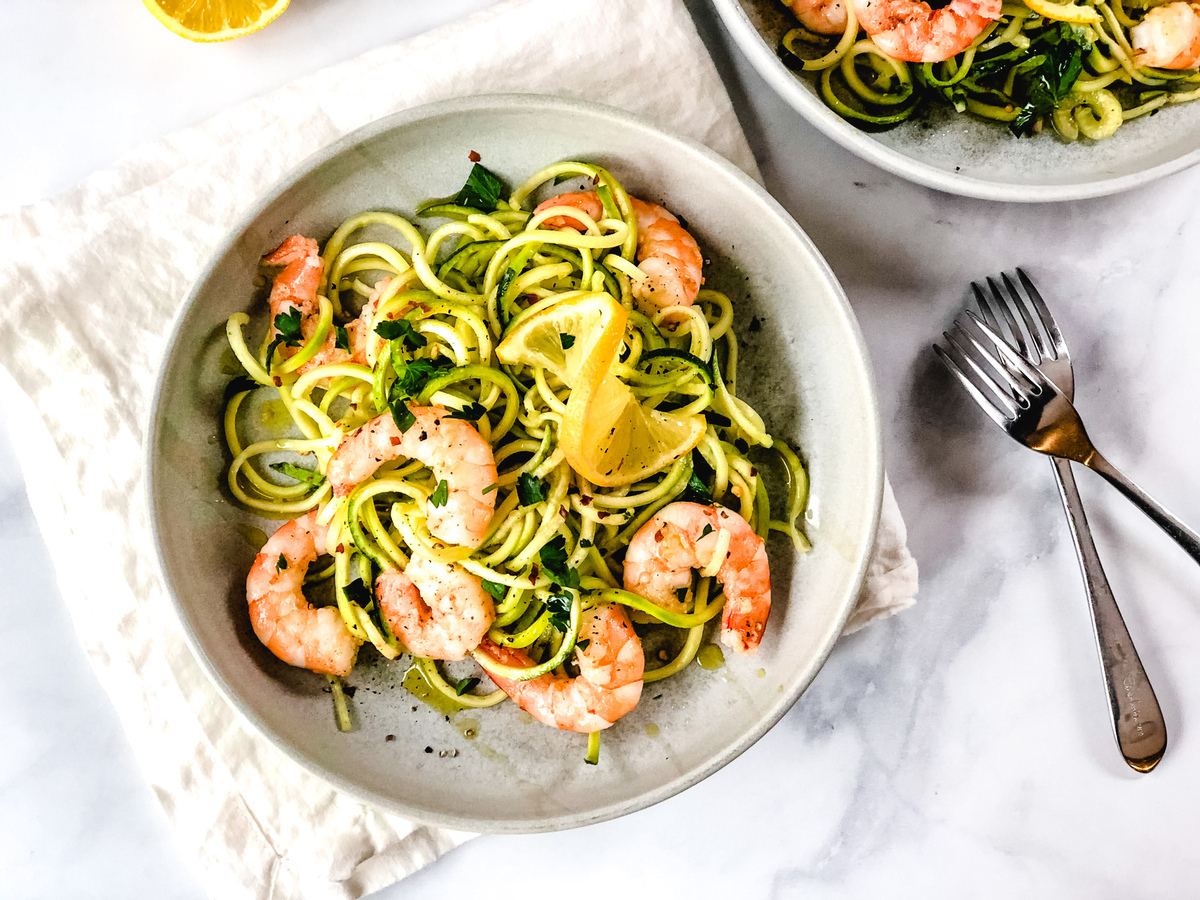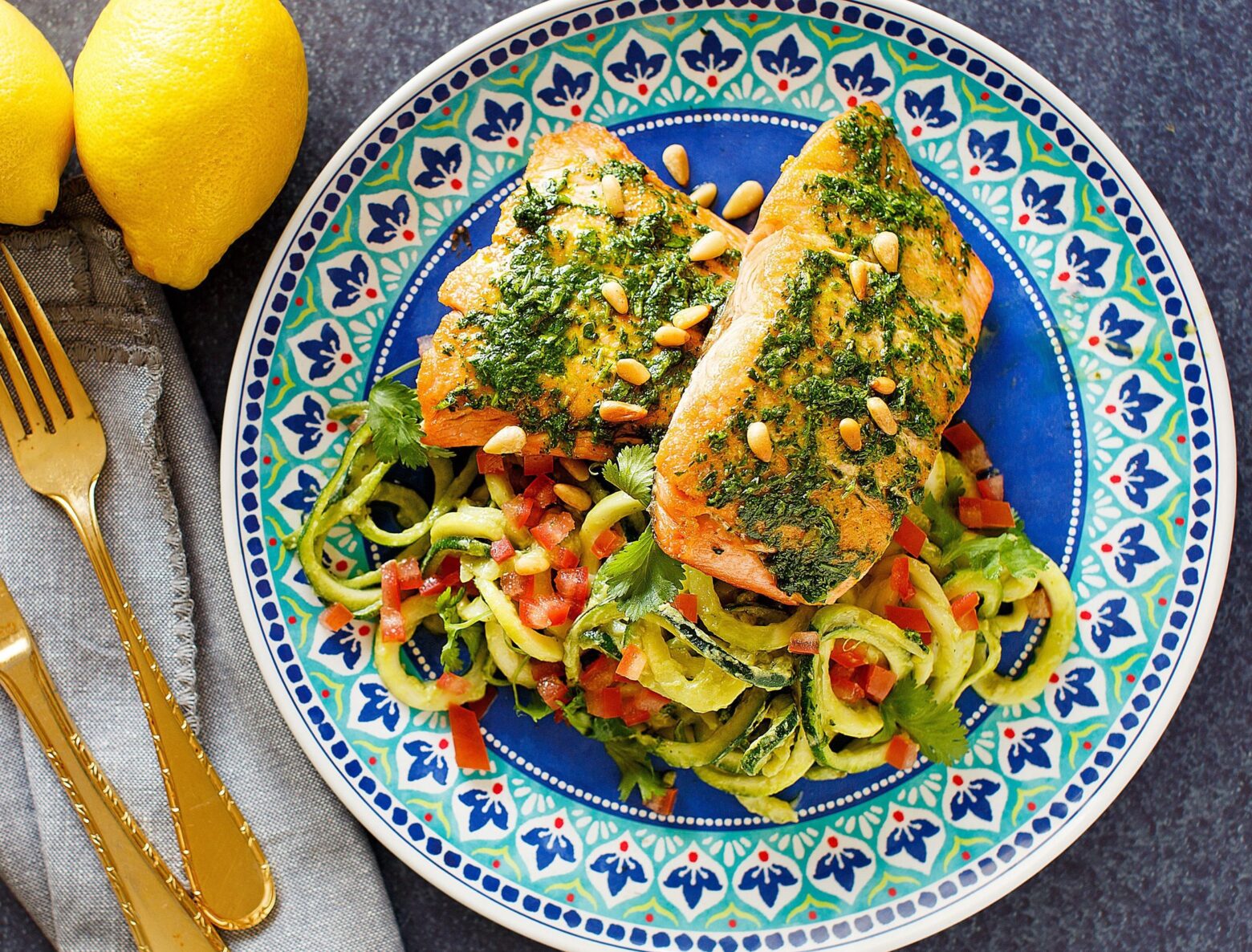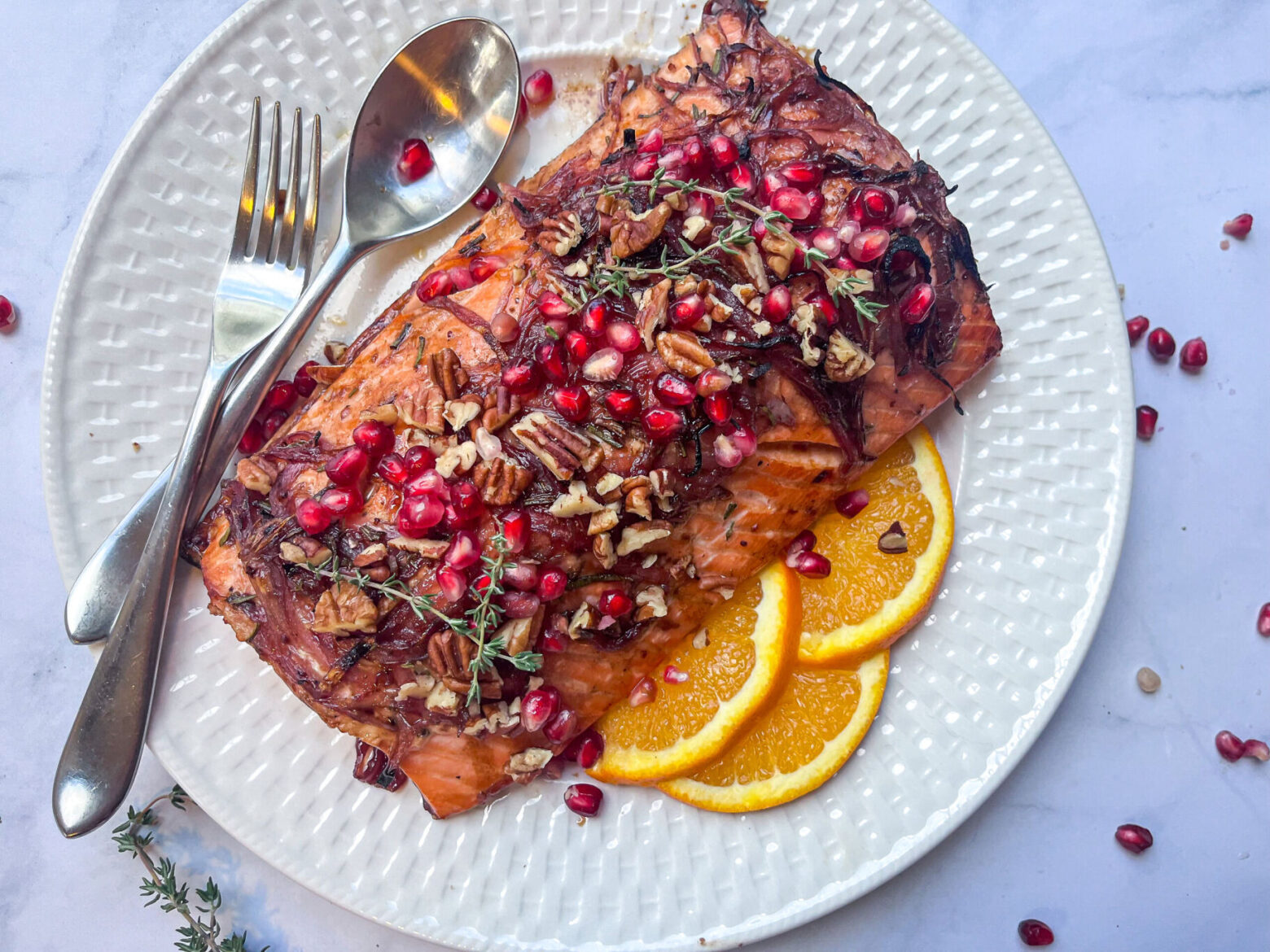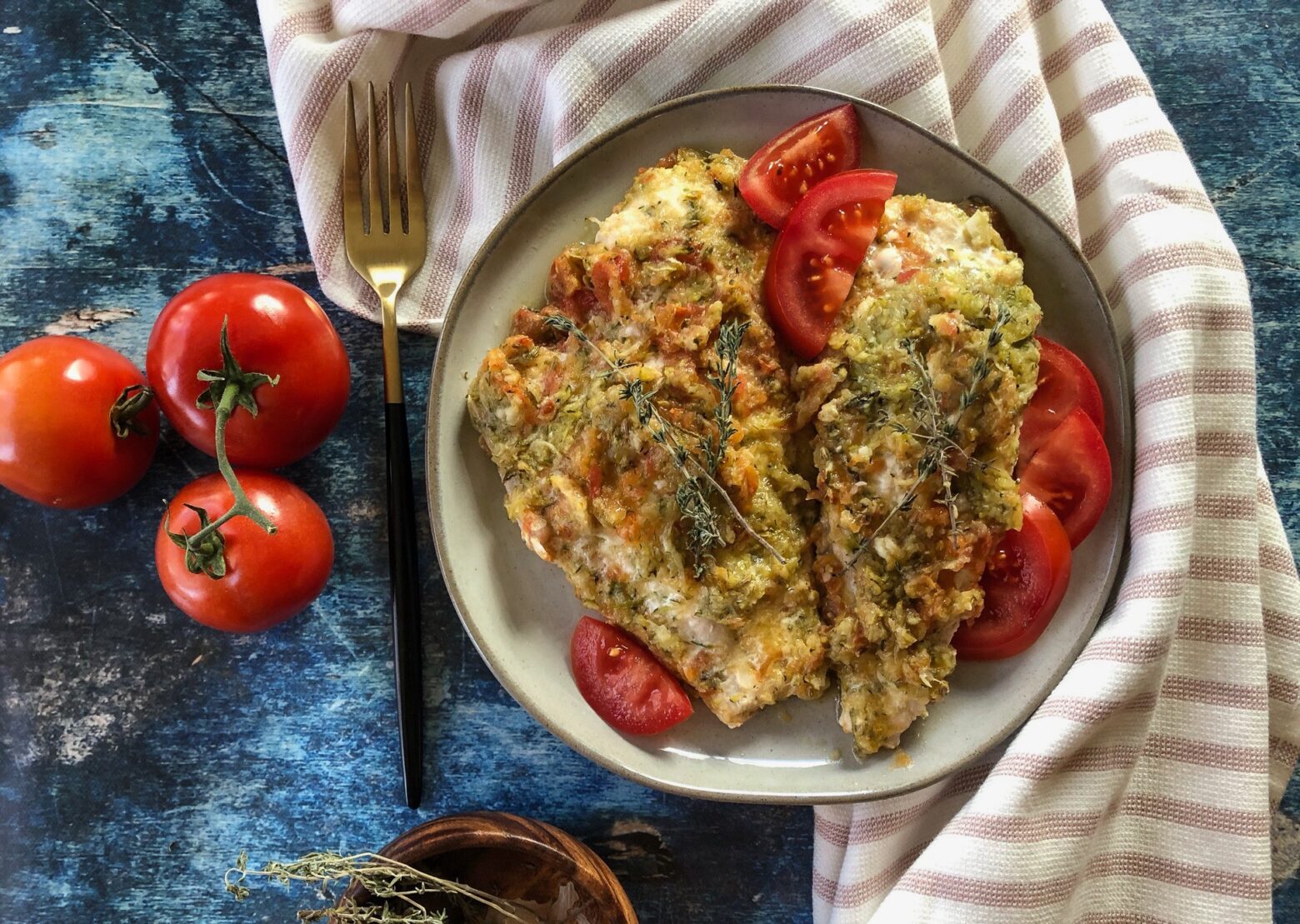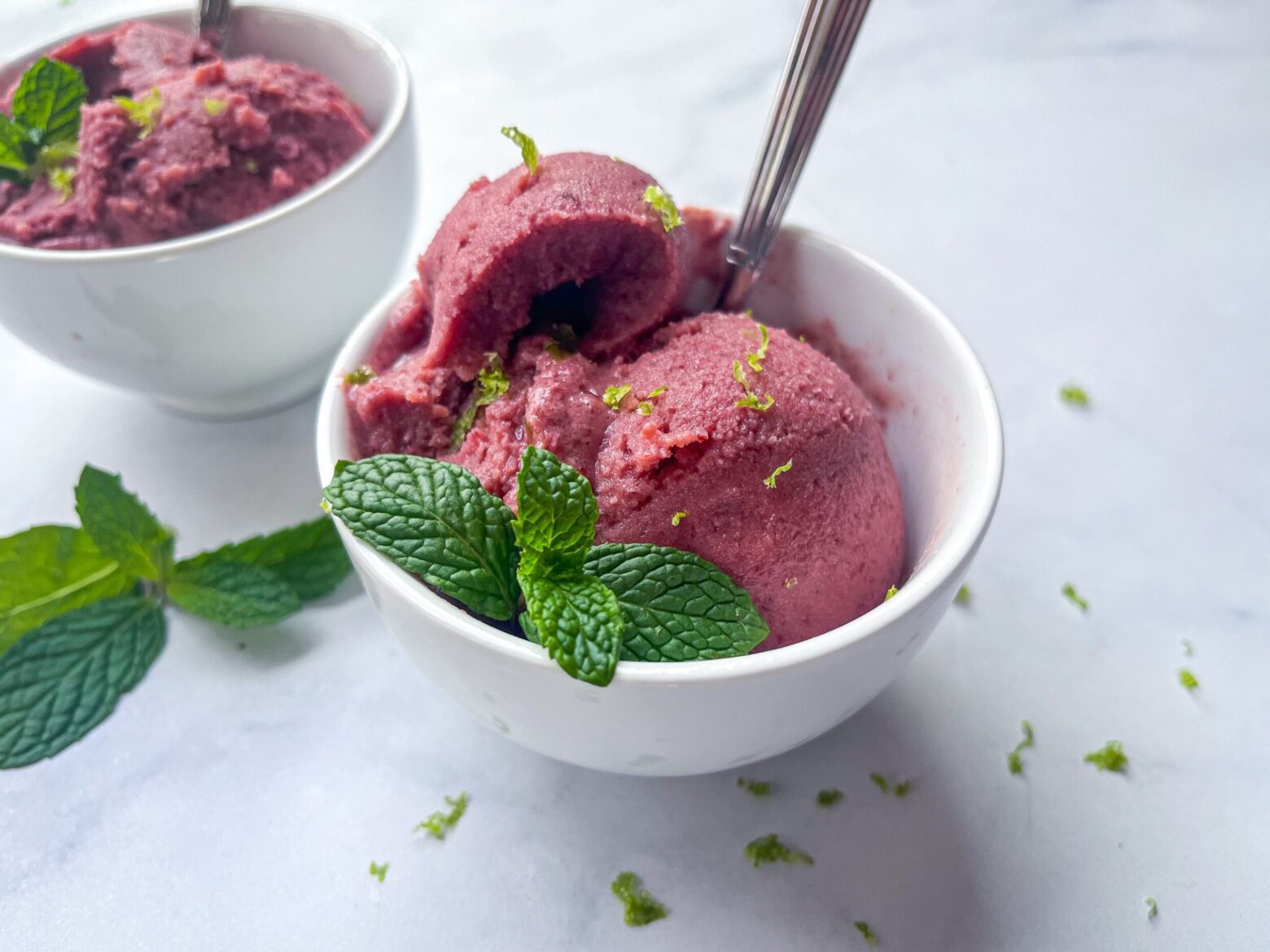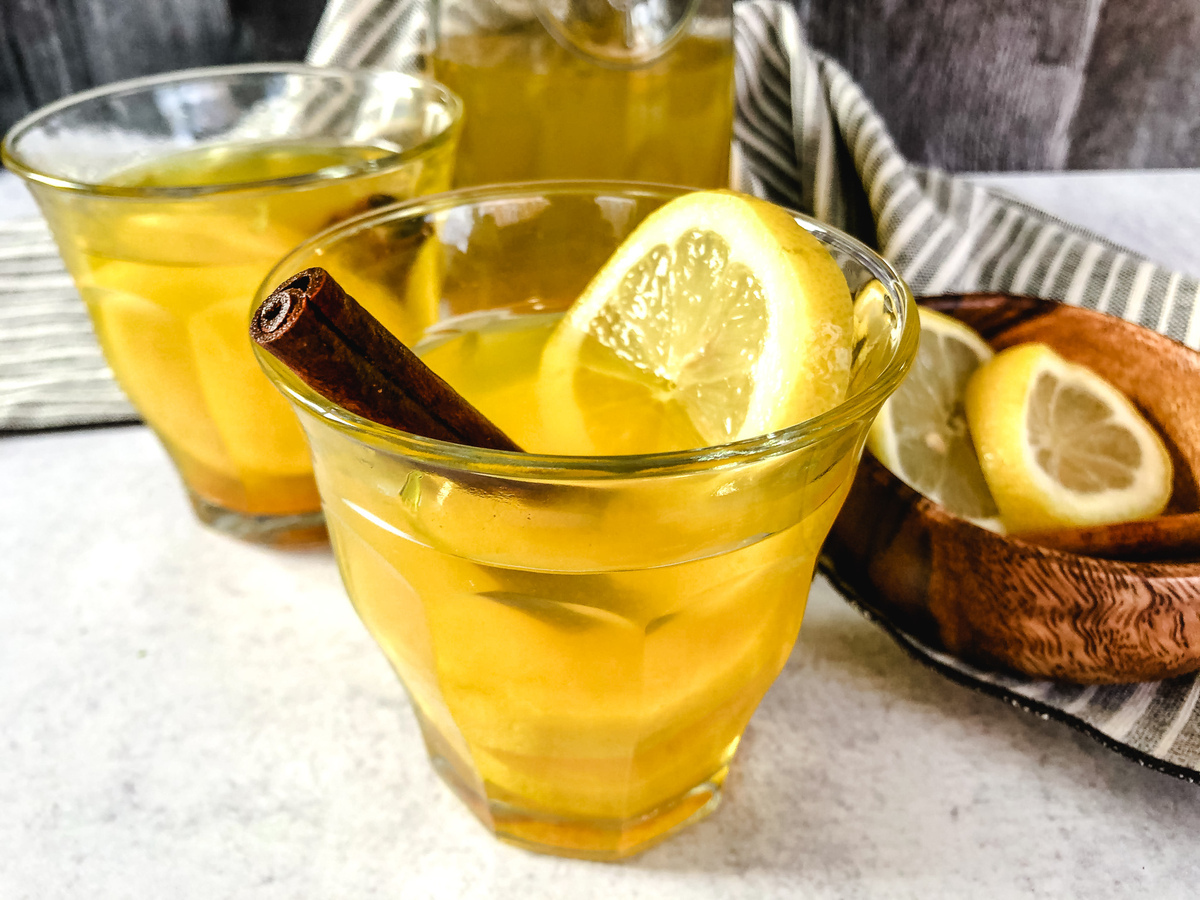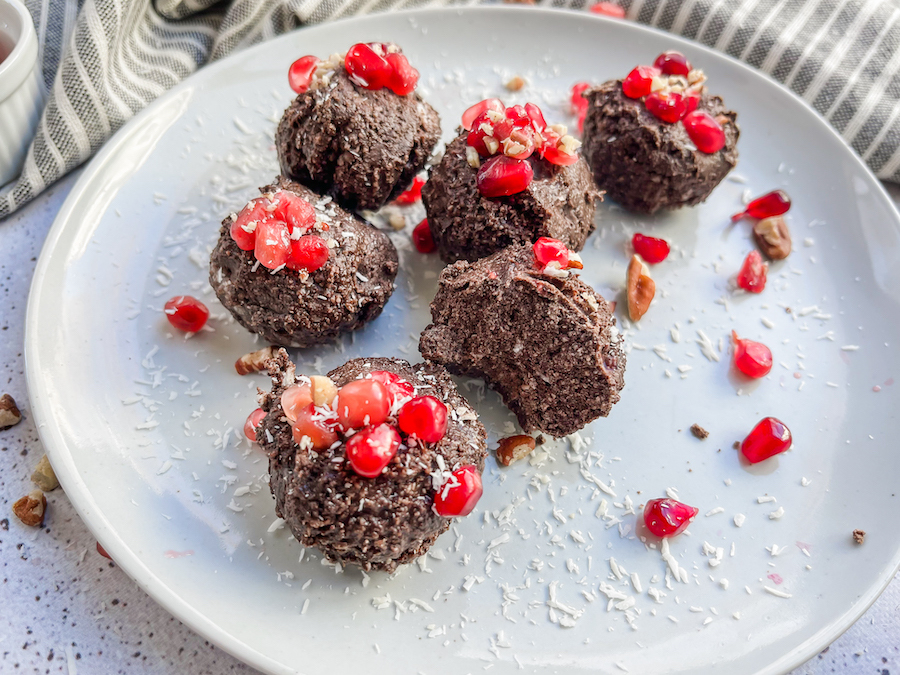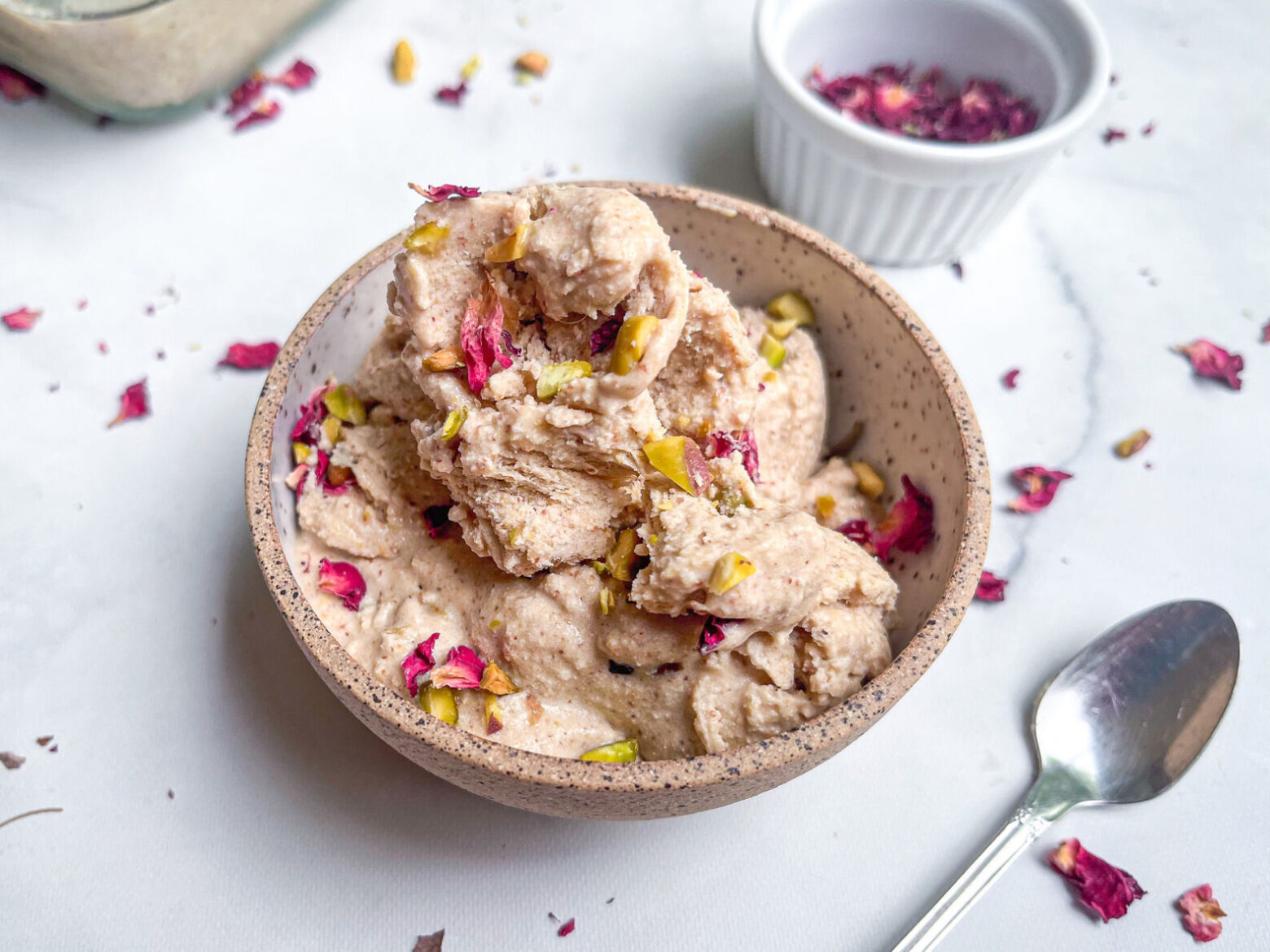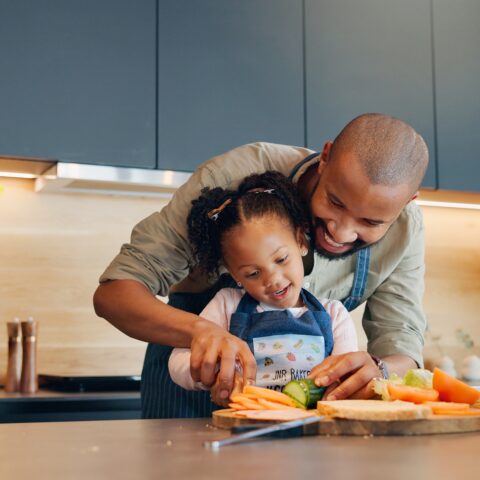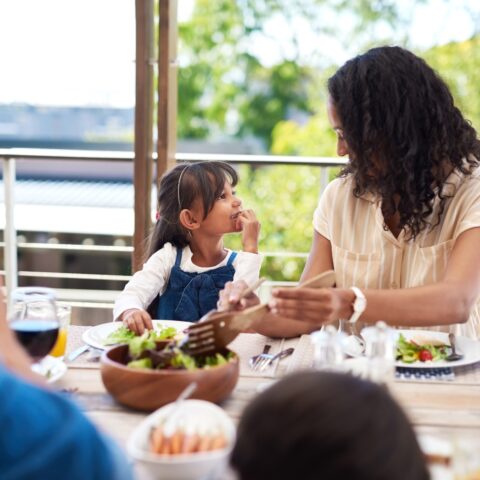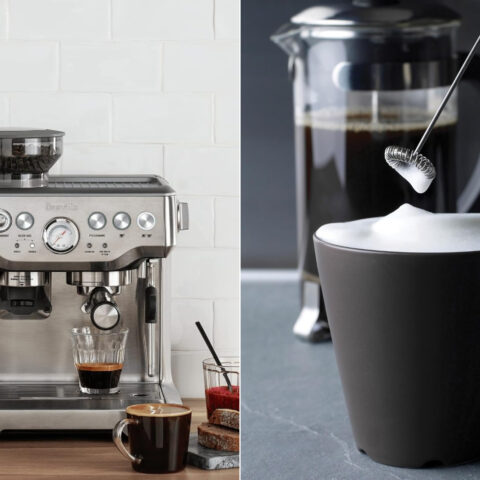Feast of the Seven Fishes
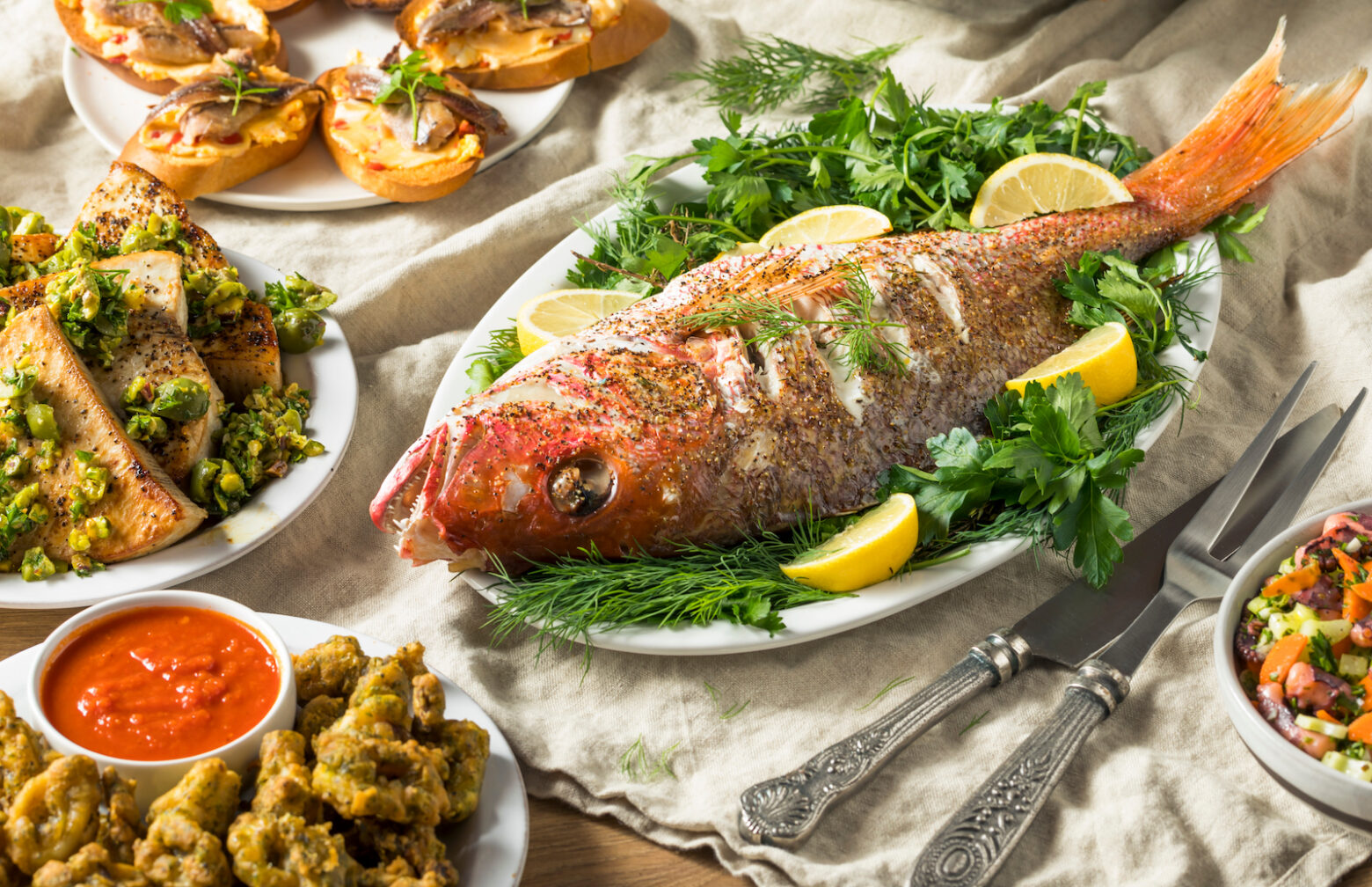
The Feast of the Seven Fishes is a tradition that has been a part of my family since I was born. It features an all-fish menu with seven courses meant to be shared by friends and family on the night before Christmas.
This dinner is tied to Roman Catholicism, following the tradition to abstain from meat on Fridays and the night preceding major holidays. But you don’t have to be Catholic to partake in this feast—just a lover of seafood!
My grandmother preps all seven of the dishes throughout the day, with family and friends arriving for dinner later. The tantalizing aroma is enough to make our stomachs growl.
If you’d rather not be like my grandmother and don’t feel like doing everything yourself, ask your guests to help by bringing a dish for each course. You can also prep some of these courses a day or two in advance to ensure more time for celebrating!
Below you’ll find Paleo and Paleo-friendly suggestions to start your own Feast of the Seven Fishes tradition.
First Course: Snacks & Apps
Start with some handheld bites for everyone to snack on before sitting down at the table. The Paleo crab cakes can be formed in ¼ cup mounds or less to create twice the servings called for in the recipe—and the smaller size will be easier for people to bite.
For the oysters, the following recipe includes 3 sauces for guests to choose from. If you’re up for it, multiply the sauce ingredients to have extra for the later courses.
Second Course: Greens
This course can include seafood salad or just a dish with a lot of greens. Cooking shrimp on a sheet pan with some colorful veggies will free up plenty of time for you to focus on prepping for other courses. Or, to level up on the presentation, serve seared scallops over a vibrant beet salsa.
Third Course: Stew
This course is easy to prep a day or two ahead and reheat over the stove on Christmas Eve. Throw chicken and shrimp into a pot for an easy jambalaya or make a spicy chorizo and clam stew in just 25 minutes. Store in the fridge until it’s time to feast!
Fourth Course: Pasta
Traditional pasta may not be Paleo, but you can still enjoy grain-free pasta with spiralized zucchini! Try lemon zoodles cooked with shrimp or, for a unique flavor, pine nut-cilantro salmon with zoodles that have been tossed in a creamy avocado sauce.
Fifth Course: Entrée
As you’re picking out your recipes, remember that the entrée doesn’t have to be large. Because it’s seven courses, guests will be taking a smaller portion of each dish than usual. At most, you may only need to double the recipe for this salmon or red snapper to accommodate a larger group.
To ensure everyone doesn’t eat too much too soon, serve multiple courses together so guests’ plates will be filled with many dishes instead of just one.
Sixth Course: Palate Cleanser
The sixth course allows for a bit of a break between a lot of seafood-heavy dishes and dessert. Ginger and tea are both great palate cleansers, so we have our ginger turmeric tea that will also help calm any gastrointestinal discomfort anyone may be feeling from so much food.
A Paleo sherbet is another great option, but if you’d like to keep things simple, you could also offer guests slices of cucumber, fresh peppermint, or decaffeinated coffee before dessert.
Seventh Course: Dessert
Don’t worry, this course doesn’t need to include any actual fish. Entertain your family with a fully Paleo dessert like pomegranate cocoa treats or allow yourself a little flexibility with a dish of mostly Paleo pistachio rosewater ice cream.
